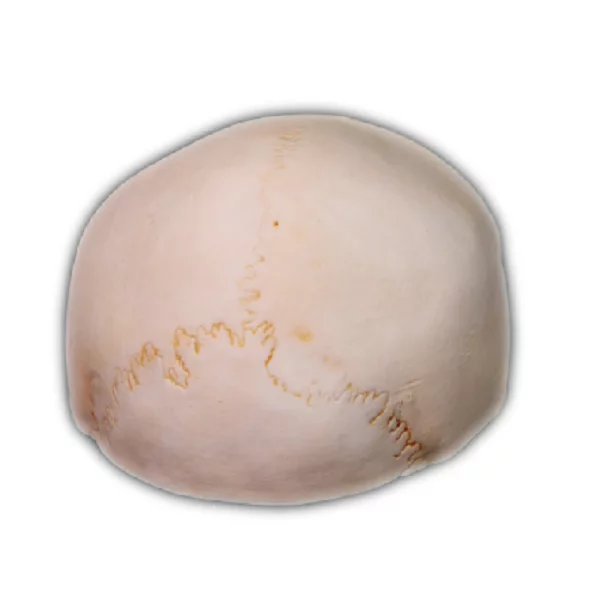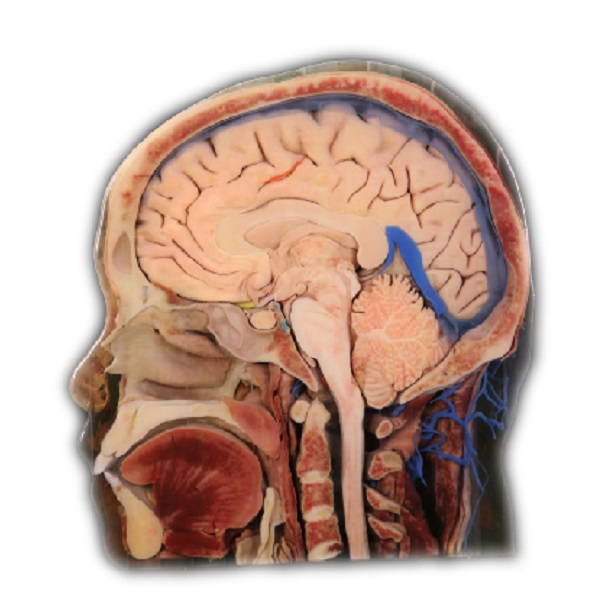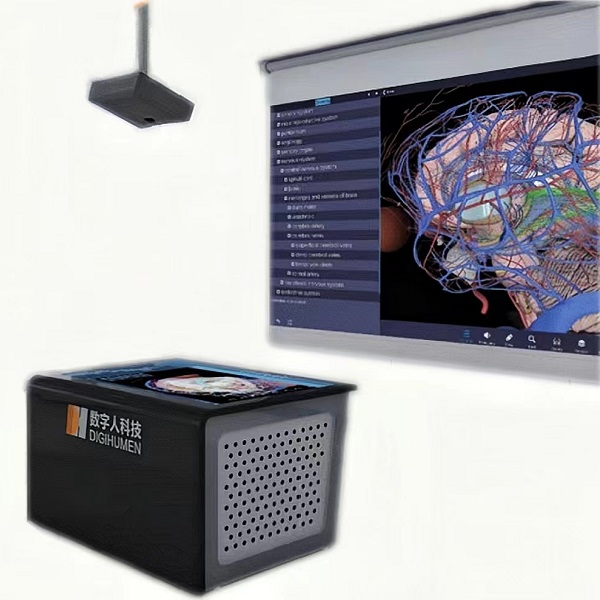
virtual reality anatomy education is a groundbreaking approach that has the potential to transform the way we learn about the human body. With immersive technology, students can now explore and interact with anatomical structures in a virtual environment, enhancing their understanding and retention of complex concepts.
The Power of Virtual Reality in Anatomy Education
Virtual reality allows students to visualize and manipulate three-dimensional models of organs, bones, and tissues. This hands-on experience provides a level of engagement that traditional textbooks or lectures cannot match. By immersing themselves in realistic simulations, students can gain a deeper appreciation for the intricacies of human anatomy.
In addition to visual exploration, virtual reality also offers interactive features such as dissection tools and quizzes. These functionalities enable students to actively participate in their learning process, reinforcing their knowledge through practical application.
Find more about what is a digihuman.
What is a Digihuman?

A DIGIHUMAN refers to a digital representation of the human body created using advanced scanning techniques. These highly detailed 3D models capture every aspect of human anatomy with remarkable accuracy. In combination with virtual reality technology, DIGIHUMANs provide an unparalleled educational resource for medical professionals and students alike.
Digihumans offer an alternative to cadaveric dissections by providing an ethical and accessible means for studying human anatomy. They can be used repeatedly without degradation or limitations imposed by physical specimens. Furthermore, digihumans allow learners to delve into specific regions or systems within the body at their own pace.
The Potential Impact of DIGIHUMAN
DIGIHUMAN represents a significant advancement in anatomical education due to its versatility and interactivity. Students can navigate through different layers of tissue or zoom in on microscopic structures seamlessly – something not possible during traditional dissections. This level of detail and control enhances the learning experience, enabling students to grasp complex anatomical relationships more effectively.
Moreover, DIGIHUMAN can be integrated with other educational tools such as augmented reality overlays or haptic feedback devices. These additional features further enhance the immersive experience and provide a multi-sensory approach to anatomy education.
In Conclusion
Virtual reality anatomy education, combined with digihuman technology, has revolutionized the way we teach and learn about human anatomy. By providing an engaging and interactive platform for exploration, virtual reality enables students to develop a comprehensive understanding of the human body like never before. As this technology continues to evolve, it holds immense potential for medical training, surgical planning, and advancing our knowledge of the intricate workings of our own bodies.

